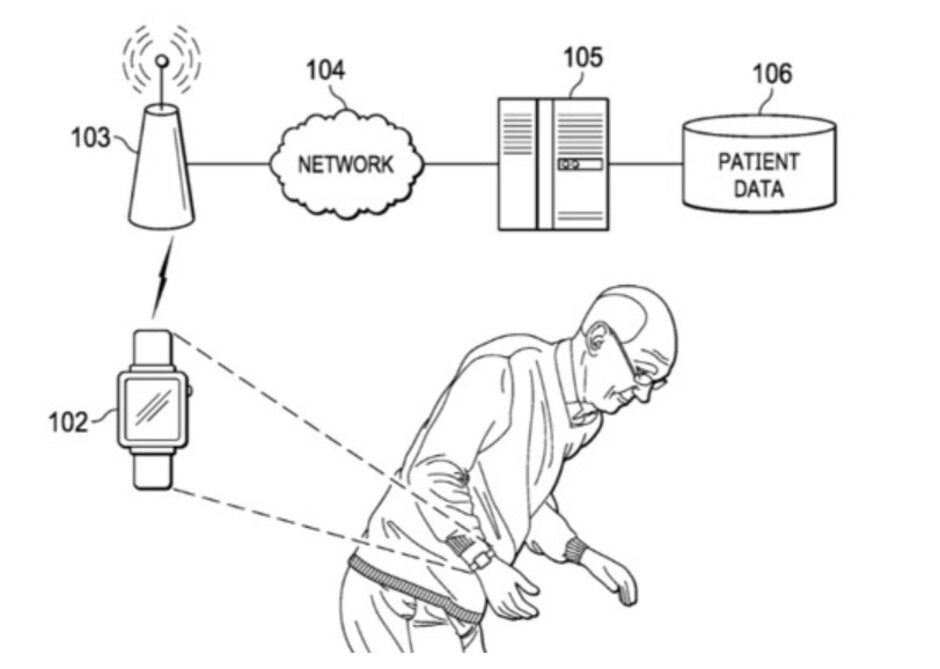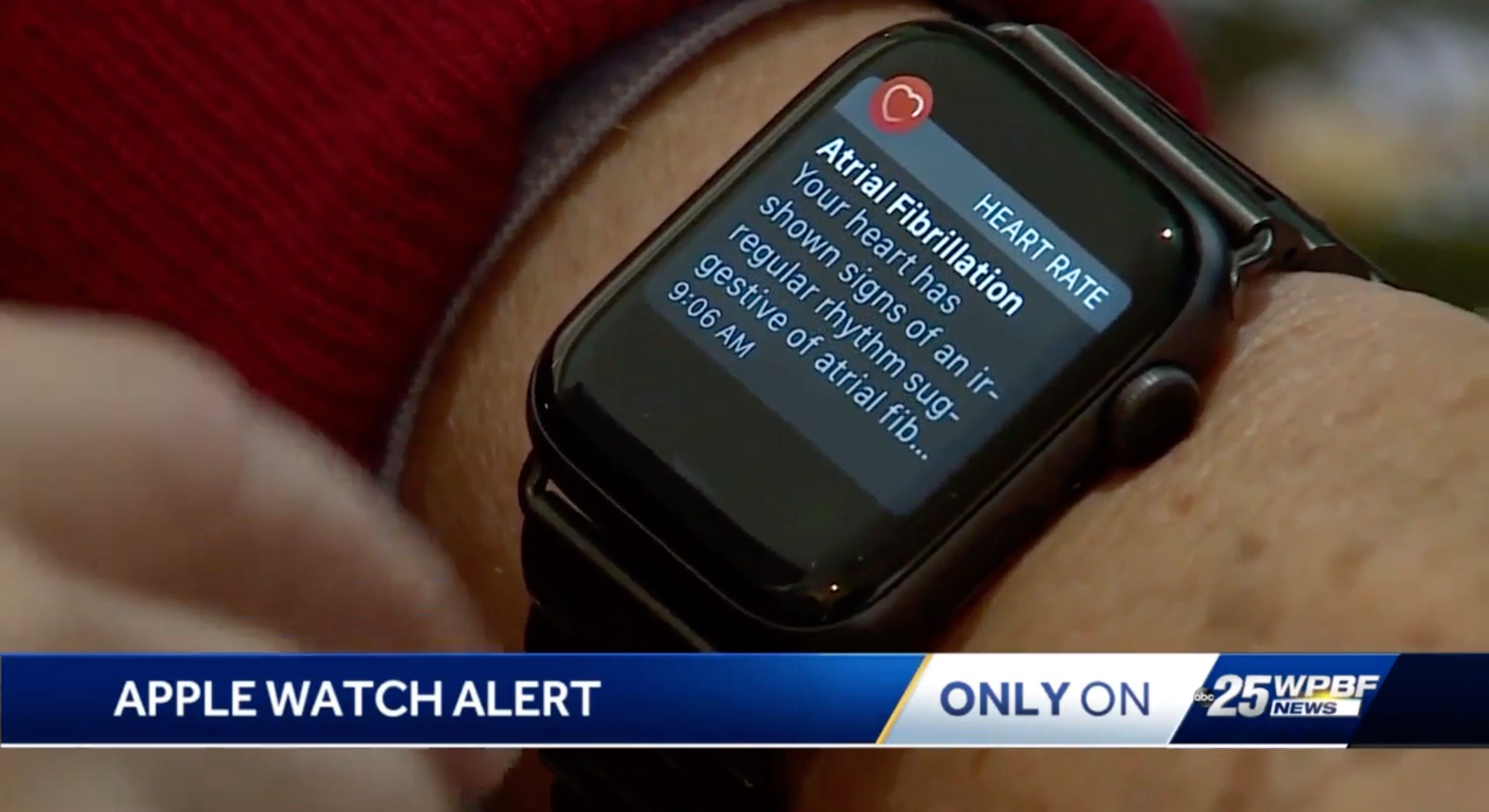Apple Watch could be used to monitor tremors of Parkinson patients

The Apple Watch had already saved many lives with its heart rate monitor before the company added an electrocardiogram feature to the Apple Watch Series 4. The EKG looks for abnormal heart rhythms that could be indicative of Atrial fibrillation or A-fib. This condition could lead to a stroke, blood clot, heart failure, and other serious heart-related issues. It has always been assumed that Apple continues to research new diagnostic and monitoring tools for the most popular timepiece in the world. And that was proven today when a new patent application surfaced.
Apple filed an application with the U.S. Patent and Trademark Office (USPTO) titled Passive Tracking Of Dyskinesia/Tremor Symptoms (via AppleInsider). This refers to involuntary muscle movements like somebody with Parkinson's Disease might suffer with. The data obtained by motion sensors in the Apple Watch would be used in conjunction with the Unified Parkinson's Disease Rating Scale (UPDRS). The patent notes that dyskinesia and tremors usually occur when a Parkinson's patient is being well treated for other symptoms of the disease. As Apple states in the application, "Patients with PD are typically treated using dopamine (e.g., levodopa) replacement therapy to help reduce some of the symptoms of PD. Over time, the dopamine replacement therapy becomes less effective and begins to induce more side effects, such as dyskinesia."
The Apple Watch could monitor the symptoms of Parkinson's patients
Allowing the Apple Watch to analyze the movements would provide valuable information to both the patient and the doctor. Apple writes in the patent application that "A patient's quality of life is largely dependent on how precisely clinicians titrate and schedule the patient's medications to minimize the patient's symptoms. This is a challenge for clinicians because each patient has a different combination of symptoms that can change and become more severe over time. Also, on any given day the symptoms may fluctuate based on medications, food intake, sleep, stress, exercise, etc...[This] provides all-day symptom/severity tracking information [and] provides a clinical tool for evaluating patient response to medication. As well as providing this data to periodically help clinicians adjust medication, it also helps the wearer to better plan activities around symptom patterns."
While Apple calls the device in the patent a computer, the sketches accompanying the application show a watch. And while this could be a big step in helping Parkinson's patients get a better grip on where they stand during a specific moment in the day, it can also help their doctors know what kind of involuntary movements they are experiencing.

Illustration from Apple's patent application
The Holy Grail for Apple Watch engineers would be to perfect a non-invasive glucose monitoring system for the wearable. Insulin-dependent diabetics are forced to draw blood before each meal in order to get a fresh blood glucose reading. Not only would a non-invasive test use technology to replace the painful needle pokes, it also could save diabetics a ton of money that they currently spend on disposable test strips and lancets. Last year, Apple filed a patent application for technology related to "absorption spectroscopy." This can be used to determine how much glucose is in the blood based on the absorption of ultraviolet light. Should Apple perfect this technology, growth in Apple Watch sales could soar even higher.
As it turns out, we were going to tell you a story about the EKG function on the Apple Watch as it might have saved the life of 74-year old Roy Robinson of Fort Worth, Florida. According to WPBF, Robinson was visiting family members and noticed that he was getting out of breath after climbing the stairs. At the same time, he was getting notifications on his Apple Watch that read, "You’re in A-fib." Robinson didn't know what that meant, but he continued to receive these notifications throughout the day. He ended up Googling A-fib and after consuming Thanksgiving dinner he drove to the hospital. At the hospital, he reported to the doctors that his watch told him he was in A-fib (it tells you something that doctors don't even question this anymore). Robinson said that he was hooked up to the electrocardiogram in the ER and after about 30 seconds of looking at (it), the doctor said that he was being admitted. While at the hospital, everyone came by to see the "guy that was saved by the Apple Watch."

The EKG monitor on the Apple Watch might have saved another life
"I’m not sure if it saved my life," Robinson stated, "but it sure as hell helped."
Follow us on Google News










Things that are NOT allowed:
To help keep our community safe and free from spam, we apply temporary limits to newly created accounts: